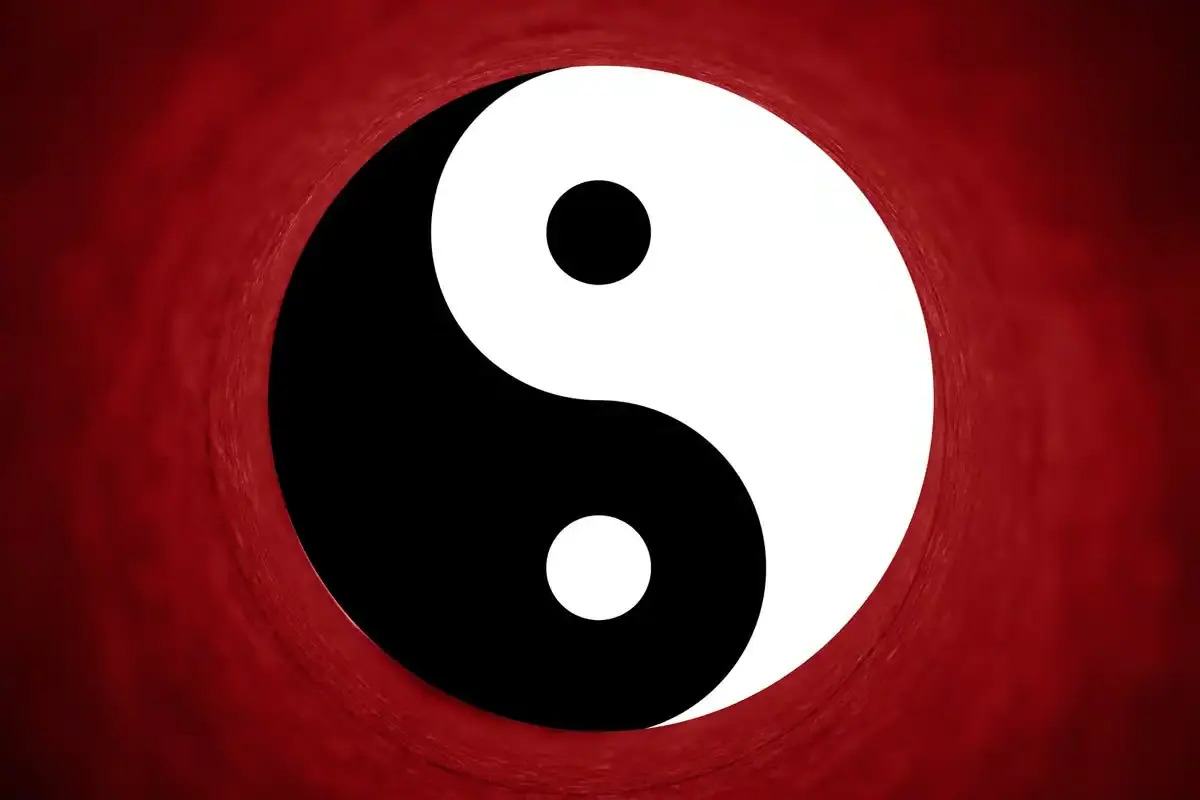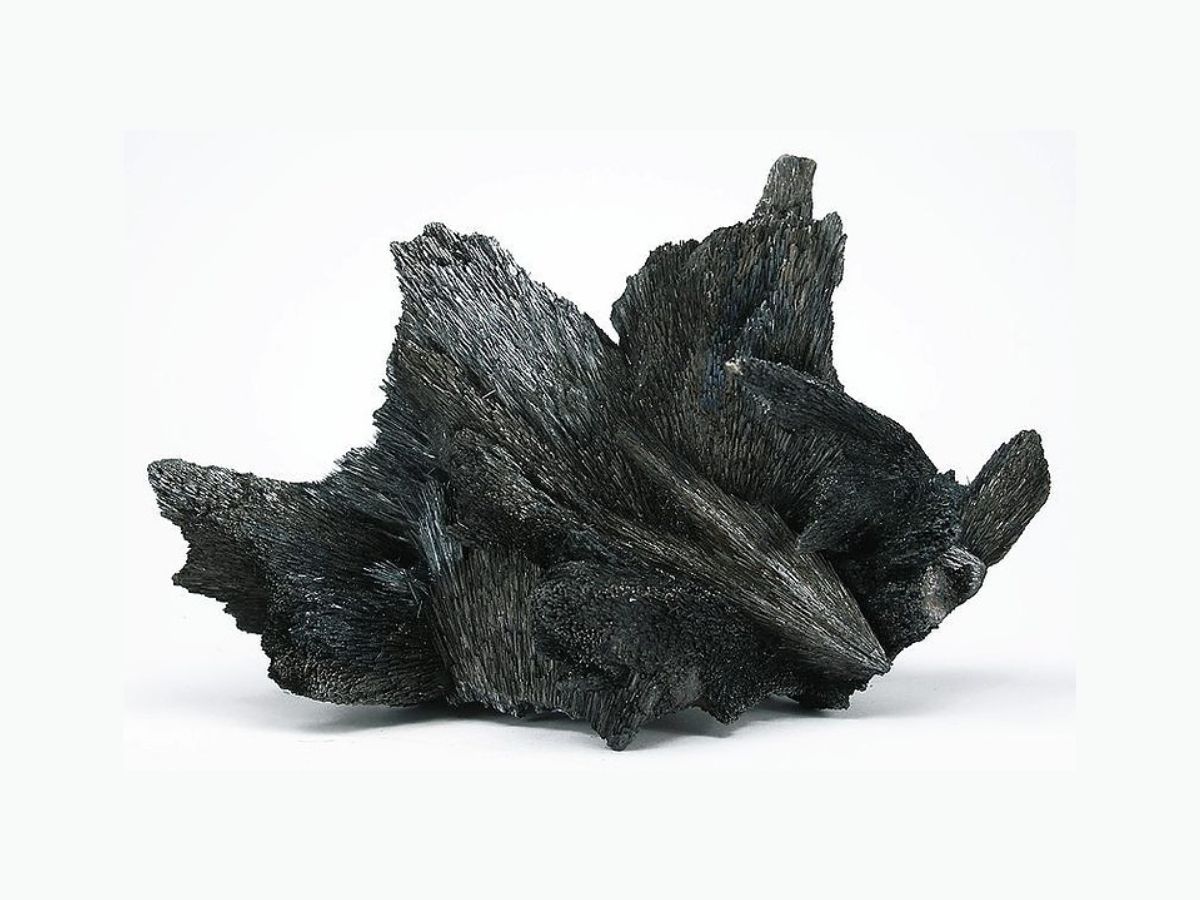
Yin and Yang are ancient Chinese concepts representing duality and balance in the universe. Yin symbolizes darkness, femininity, and passivity, while Yang stands for light, masculinity, and activity. Together, they illustrate how seemingly opposite forces are interconnected and interdependent. This balance is crucial in Chinese philosophy, medicine, and martial arts. Understanding these principles can help one achieve harmony in life. From the Taijitu symbol to their influence on health and well-being, these concepts permeate various aspects of culture and daily living. Ready to dive into 32 intriguing facts about Yin and Yang? Let's get started!
Key Takeaways:
- Yin and Yang, rooted in ancient Chinese philosophy, symbolize the balance of opposites in nature and life, influencing everything from medicine to art and even science.
- Despite misconceptions, Yin and Yang represent dynamic balance and harmony, applicable universally and even mirrored in scientific principles like thermodynamics and homeostasis.
Origins of Yin and Yang
The concept of Yin and Yang has deep roots in Chinese philosophy and culture. Let's explore some fascinating facts about its origins.
-
Ancient Philosophy: Yin and Yang originated from the I Ching, an ancient Chinese text dating back to the Western Zhou period (1046-771 BCE).
-
Taoism: This concept is central to Taoism, a philosophy and religion founded by Laozi in the 6th century BCE.
-
Symbolism: The Yin and Yang symbol, known as the Taijitu, represents the balance of opposites in the universe.
-
Yin and Yang in Nature: Ancient Chinese observed natural phenomena like day and night, which led to the development of this dualistic concept.
-
Five Elements: Yin and Yang are closely related to the Five Elements (Wood, Fire, Earth, Metal, Water) in Chinese cosmology.
Characteristics of Yin and Yang
Understanding the characteristics of Yin and Yang helps in grasping their significance in various aspects of life.
-
Yin: Represents qualities like darkness, femininity, cold, and passivity.
-
Yang: Symbolizes light, masculinity, warmth, and activity.
-
Interdependence: Yin and Yang are interdependent; one cannot exist without the other.
-
Dynamic Balance: They are in a constant state of flux, maintaining a dynamic balance.
-
Complementary Forces: Rather than opposing, Yin and Yang complement each other to create harmony.
Yin and Yang in Medicine
Traditional Chinese Medicine (TCM) heavily relies on the principles of Yin and Yang.
-
Health Balance: Health is seen as a balance between Yin and Yang within the body.
-
Diagnosis: TCM practitioners diagnose illnesses by identifying imbalances in Yin and Yang.
-
Herbal Remedies: Herbs are categorized as Yin or Yang to restore balance.
-
Acupuncture: This practice aims to balance Yin and Yang energies by stimulating specific points on the body.
-
Dietary Therapy: Foods are classified as Yin or Yang, and diets are adjusted to maintain balance.
Yin and Yang in Daily Life
The influence of Yin and Yang extends beyond philosophy and medicine into daily life.
-
Feng Shui: This ancient art of placement uses Yin and Yang to create harmonious living spaces.
-
Martial Arts: Many Chinese martial arts, like Tai Chi, are based on the principles of Yin and Yang.
-
Relationships: The concept is used to understand and improve personal relationships by balancing opposing traits.
-
Seasons: Seasonal changes are viewed through the lens of Yin and Yang, with winter being Yin and summer being Yang.
-
Emotions: Emotions are also categorized as Yin (e.g., sadness) or Yang (e.g., joy).
Yin and Yang in Modern Culture
Yin and Yang have permeated modern culture in various ways.
-
Fashion: The black and white Yin-Yang symbol is a popular design in fashion.
-
Pop Culture: Movies, books, and TV shows often reference Yin and Yang to depict balance and duality.
-
Yoga: Some yoga practices incorporate Yin and Yang principles to balance physical and mental energies.
-
Art: Artists use the concept to create visually balanced and harmonious works.
-
Music: Musicians sometimes use Yin and Yang to describe the balance between different musical elements.
Misconceptions about Yin and Yang
Despite its widespread use, there are several misconceptions about Yin and Yang.
-
Good vs. Evil: Yin and Yang are not about good versus evil but about balance and harmony.
-
Static States: They are not static but constantly changing and influencing each other.
-
Gender Roles: While Yin is often associated with femininity and Yang with masculinity, these are not rigid gender roles.
-
Cultural Exclusivity: Though rooted in Chinese culture, the principles of Yin and Yang can be applied universally.
-
Simplistic Duality: Yin and Yang are not simply black and white but encompass a spectrum of qualities.
Yin and Yang in Science
Even in the realm of science, parallels to Yin and Yang can be found.
-
Physics: The concept of entropy and order in thermodynamics mirrors Yin and Yang.
-
Biology: Homeostasis, the body's ability to maintain internal balance, reflects Yin and Yang principles.
Yin and Yang: The Balance of Life
Yin and Yang represent the balance and duality in life. These ancient Chinese concepts remind us that opposites are interconnected and interdependent. From the natural world to human relationships, this philosophy teaches harmony and balance. Understanding Yin and Yang can help us appreciate the complexities of life and find peace in the midst of chaos.
Whether it's the balance of light and dark, hot and cold, or male and female, Yin and Yang show that everything has a counterpart. This balance is essential for growth and harmony. By embracing this philosophy, we can strive for a more balanced and fulfilling life.
So, next time you feel out of sync, remember the principles of Yin and Yang. They might just help you find the equilibrium you need.
Frequently Asked Questions
Was this page helpful?
Our commitment to delivering trustworthy and engaging content is at the heart of what we do. Each fact on our site is contributed by real users like you, bringing a wealth of diverse insights and information. To ensure the highest standards of accuracy and reliability, our dedicated editors meticulously review each submission. This process guarantees that the facts we share are not only fascinating but also credible. Trust in our commitment to quality and authenticity as you explore and learn with us.


